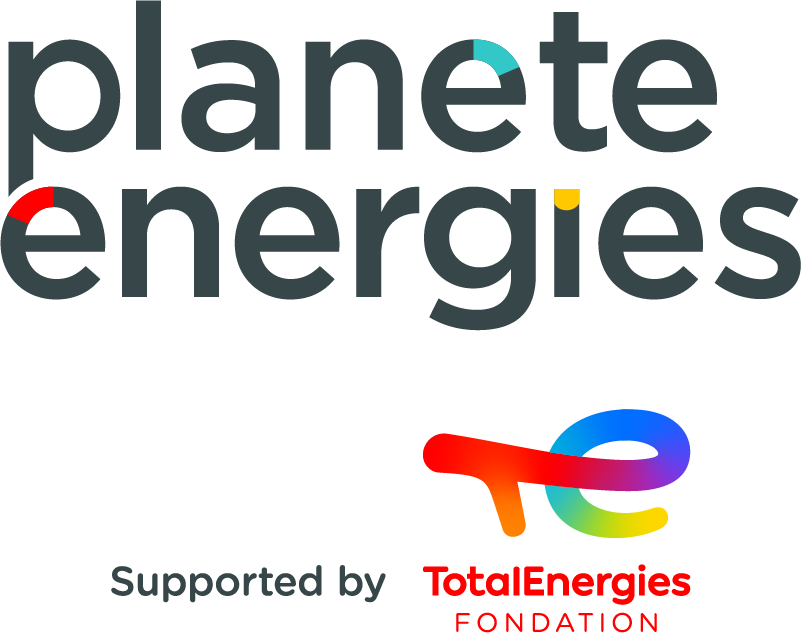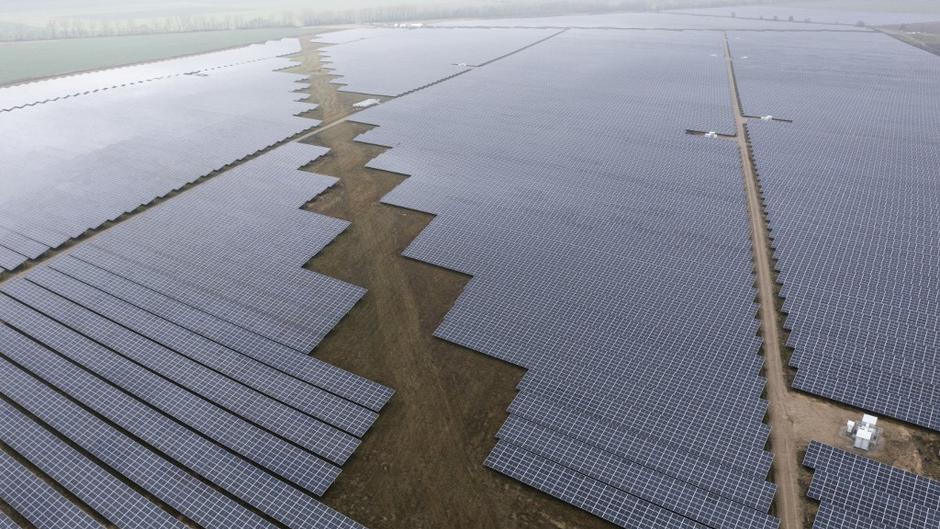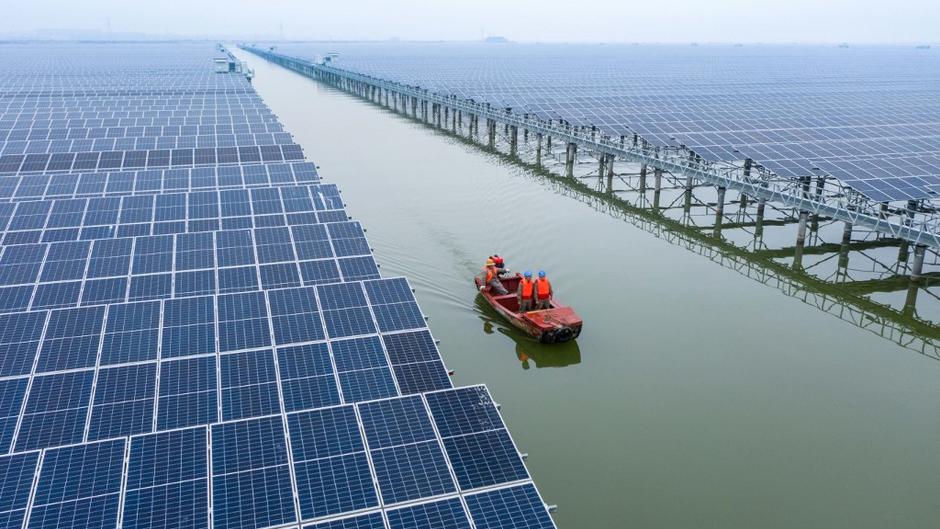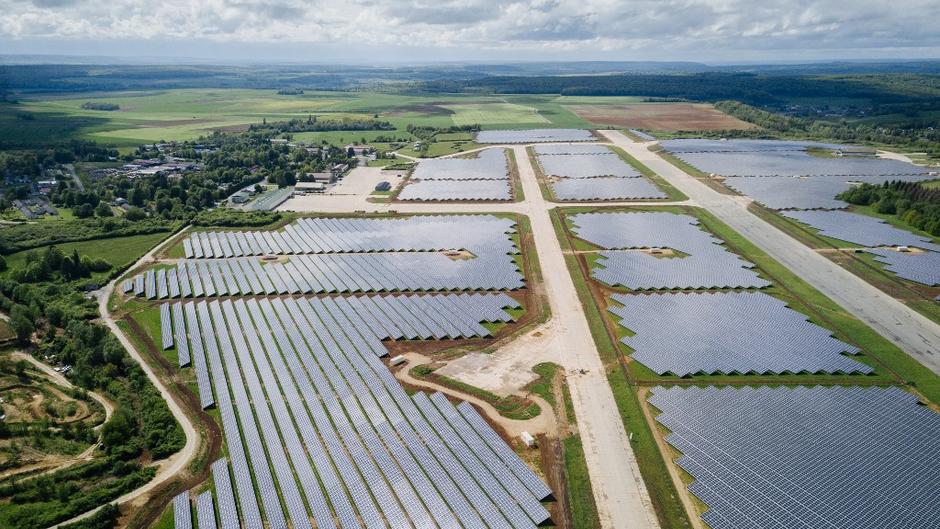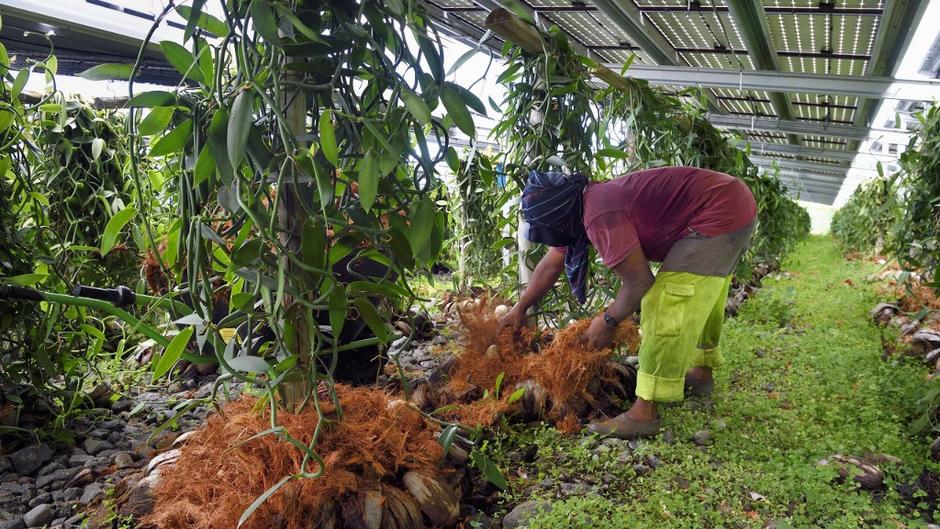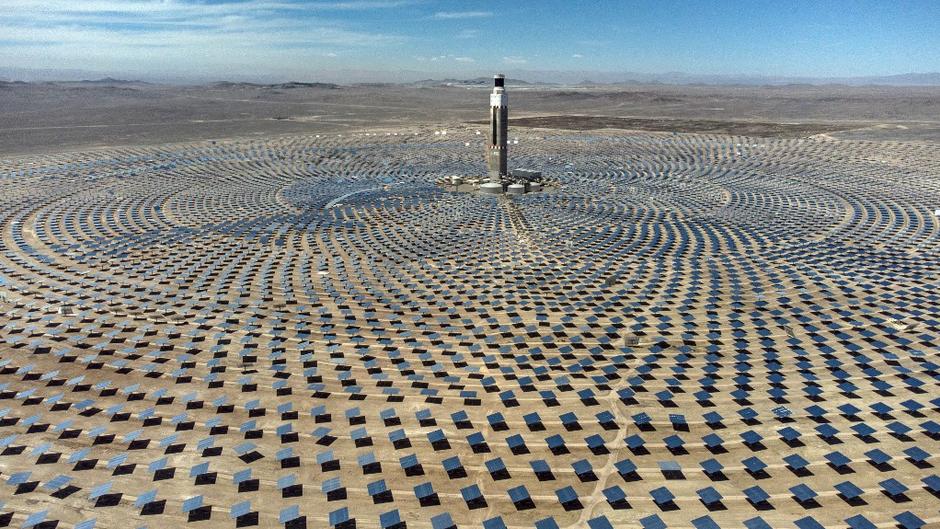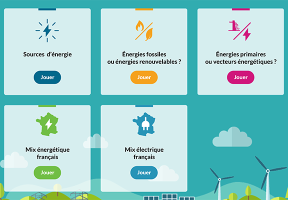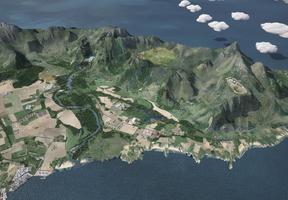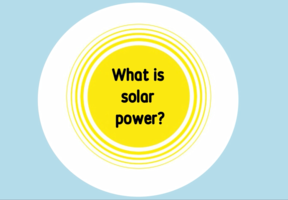Solar Farms in 5 Images
Updated on 03.06.2024
5 min read
Middle School
Technology
According to the ADEME, in order for the world to achieve its , the production capacity of photovoltaic parks should be multiplied by 3.4 by 2030. Countries with vast expanses of land are perfect candidates. But there are many other ways of finding space...
